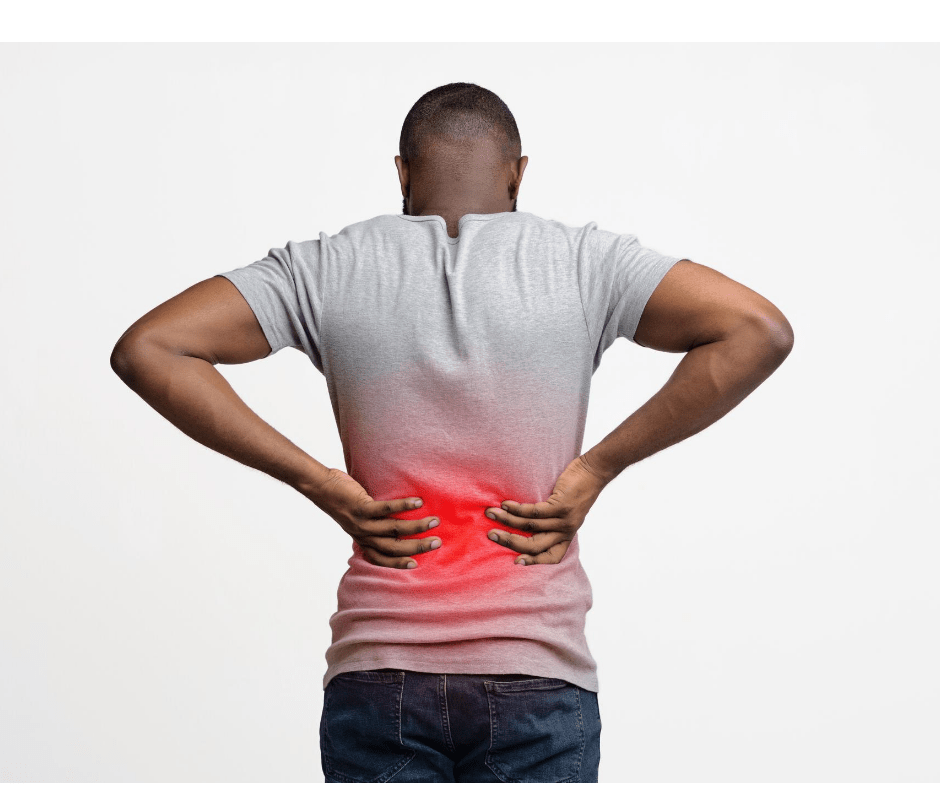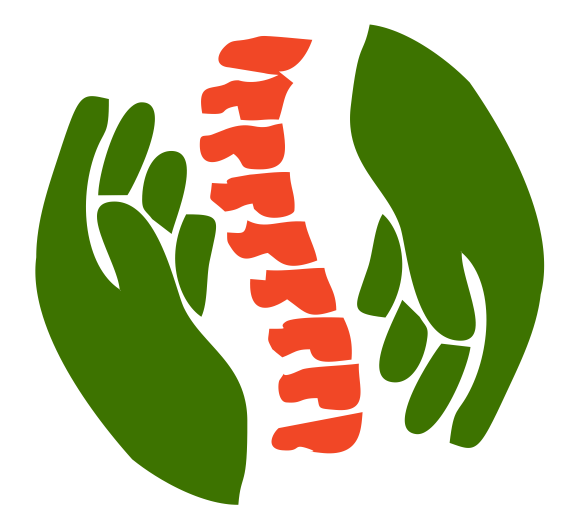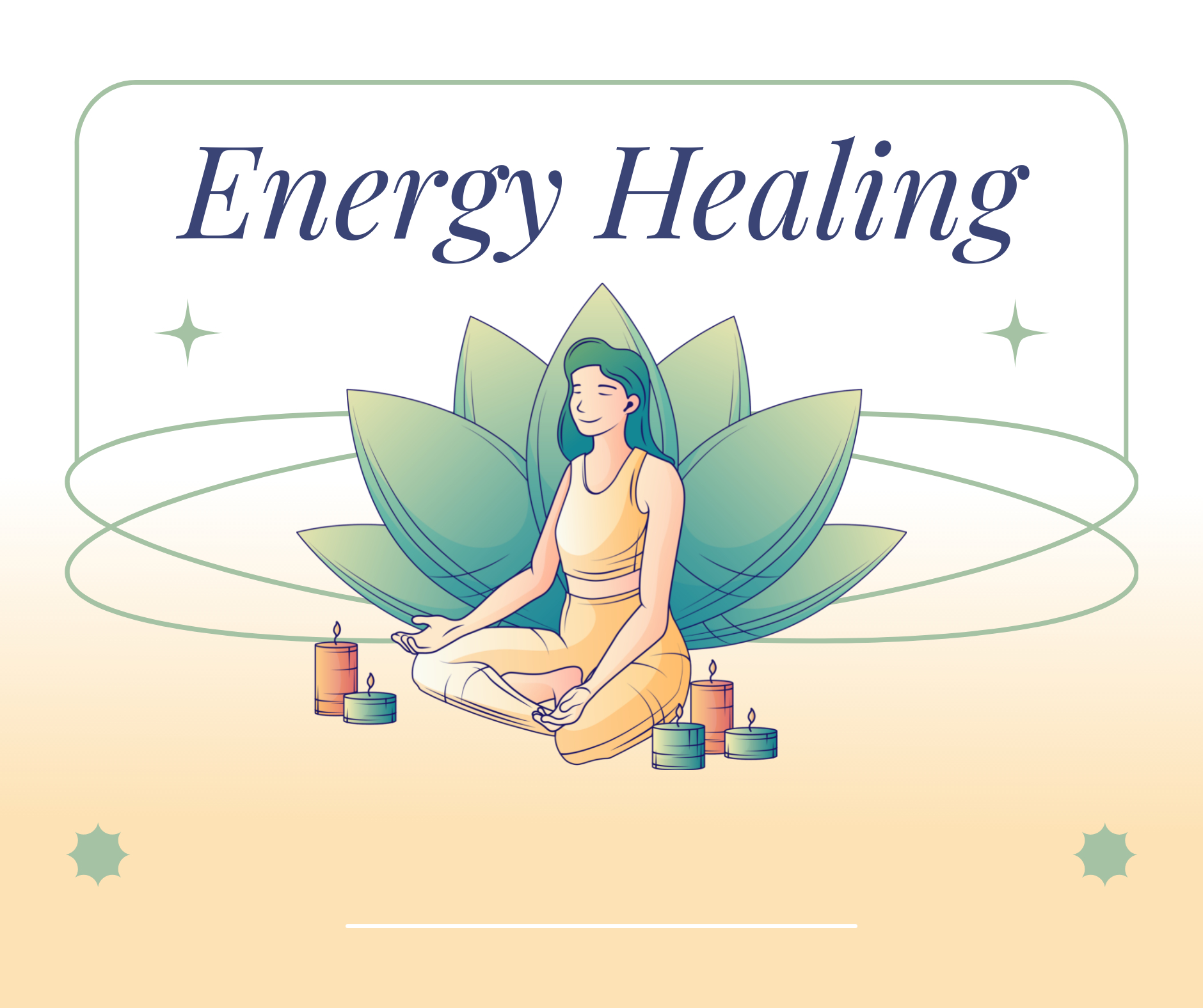Extreme Fatigue and Lower Back Pain: What’s Really Going On?

If you’ve ever felt like your energy tank is running on empty while your lower back screams in protest, you’re not alone. Extreme fatigue and lower back pain often travel together, leaving millions of people wondering what’s behind this exhausting duo. Maybe you’ve chalked it up to a long day at work or a bad night’s sleep, but there’s more to it than meets the eye. Let’s dive into this topic with a fresh perspective—think of me as your friendly guide who’s done the homework so you don’t have to. We’ll explore why these symptoms happen, how they’re connected, and what you can do about it, all while keeping things simple and real.
Why This Matters: A Common Struggle
Picture this: You drag yourself out of bed, feeling like you’ve run a marathon in your sleep, and every step sends a twinge through your lower back. Sound familiar? According to the National Institutes of Health (NIH), about 80% of adults experience lower back pain at some point in their lives, and fatigue is a frequent tag-along. These aren’t just random complaints—they can signal something deeper, from lifestyle habits to medical conditions. Understanding the “why” behind them is the first step to feeling better, so let’s break it down.
The Connection: Fatigue and Back Pain Unraveled
At first glance, extreme fatigue and lower back pain might seem like unrelated roommates crashing into your body. But they’re more like partners in crime, often feeding off each other. Here’s how they team up:
1. The Muscle Tension Trap
When you’re wiped out, your posture tends to slump—shoulders forward, back curved like a question mark. This strains the muscles and ligaments in your lower back, which aren’t built for that kind of stress. Over time, those overworked muscles tighten up, sending pain signals loud and clear. Dr. John Sarno, a pioneer in mind-body medicine, once noted that tension from exhaustion can amplify pain in vulnerable areas like the lower back. It’s like your body’s way of saying, “Hey, I’m too tired to hold it together!”
2. Inflammation: The Silent Trouble-Maker
Fatigue doesn’t just zap your energy—it can spark low-grade inflammation throughout your body. Studies from the American College of Rheumatology show that chronic inflammation often messes with your musculoskeletal system, including the spine. When your lower back gets inflamed, it stiffens up, and that discomfort drains your energy even more. It’s a vicious cycle: pain makes you tired, and being tired makes the pain worse.
3. The Sleep Connection
Ever tried sleeping with a sore back? It’s a nightmare. Poor sleep quality—whether from pain or stress—leads to extreme fatigue the next day. A 2021 study in the Journal of Sleep Research found that people with chronic lower back pain were 50% more likely to report severe tiredness. Your body needs rest to repair itself, but when back pain keeps you tossing and turning, you’re stuck in a fatigue loop.
4. Stress: The Invisible Weight
Stress is like a backpack full of bricks—it weighs you down physically and mentally. When you’re stressed, your adrenal glands pump out cortisol, which can leave you feeling drained. At the same time, your muscles tense up, especially in the lower back, a common spot for stress to settle. The American Psychological Association estimates that 75% of adults feel moderate to high-stress levels, and many report physical symptoms like these as a result.
Digging Deeper: What’s Causing This?
Now that we’ve connected the dots, let’s zoom in on the root causes. These two symptoms can stem from everyday habits or signal something more serious. Here’s the rundown:
Everyday Culprits
- Sitting Too Much: If you’re glued to a desk or couch all day, your lower back takes a hit. The lumbar spine loves movement, and without it, stiffness creeps in, while your energy levels tank from inactivity.
- Poor Posture: Slouching doesn’t just look bad—it overworks your back muscles and saps your stamina. Think of it like trying to run a race with a flat tire.
- Overdoing It: Lifting something heavy the wrong way or pushing through a killer workout can strain your back and leave you wiped out for days.
Medical Possibilities
- Fibromyalgia: This condition brings widespread pain, including in the lower back, paired with crushing fatigue. The CDC says it affects about 4 million Americans, often women.
- Herniated Disc: When a disc in your spine slips out of place, it can press on nerves, causing back pain that wears you out. The Mayo Clinic notes this is common in adults over 30.
- Chronic Fatigue Syndrome (CFS): Extreme tiredness is the hallmark here, and many patients report nagging back pain too. Research is still untangling why, but the overlap is real.
- Arthritis: Osteoarthritis in the spine can stiffen your lower back, while the effort to move through the pain leaves you exhausted.
Real Stories: Putting a Face to the Pain
Let’s make this personal. Meet Sarah, a 38-year-old teacher from Ohio. She started noticing extreme fatigue and lower back pain after long days standing in the classroom. At first, she blamed her old mattress, but a visit to her doctor revealed mild scoliosis—a slight curve in her spine. With physical therapy and better shoes, she’s managing both symptoms now. Then there’s Mike, a 45-year-old construction worker in Texas. His back pain flared after lifting heavy beams, and the fatigue hit hard when he couldn’t sleep through the discomfort. A chiropractor and some rest turned things around for him. These stories show how varied the causes—and solutions—can be.
What You Can Do: Practical Steps to Feel Better
Feeling stuck? Don’t worry—there’s hope. Here are some expert-backed tips to tackle both fatigue and back pain head-on:
1. Move It (Gently)
Stretching or light exercise—like walking or yoga—can loosen up your back and boost your energy. A 2020 study in Physical Therapy found that 20 minutes of daily stretching cut back pain by 30% in participants. Start small: try a cat-cow stretch to wake up those muscles.
2. Fix Your Sleep Setup
A supportive mattress and pillow can work wonders. Sleep on your side with a pillow between your knees to align your spine—it’s a game-changer for back pain and restful sleep.
3. Check Your Posture
Sit up straight, shoulders back, feet flat on the floor. If you’re at a desk, a lumbar cushion can support your lower back. Little tweaks like these keep pain and tiredness at bay.
4. Talk to a Pro
If this duo won’t quit, see a doctor or physical therapist. They can spot underlying issues—like a slipped disc or fibromyalgia—and tailor a plan for you. The sooner you act, the better.
5. Chill Out
Stress fuels both symptoms, so carve out time to relax. Deep breathing, meditation, or even a warm bath can ease tension in your mind and back.
The Bigger Picture: Why It’s Worth the Effort
Ignoring extreme fatigue and lower back pain is like letting a leaky faucet drip—it starts small but floods your life over time. Left unchecked, these symptoms can tank your mood, productivity, and even relationships. The good news? You’ve got the power to turn it around. By understanding what’s driving them and taking action, you’re not just surviving—you’re thriving.
Wrapping It Up: Your Next Move
So, here’s the deal: Extreme fatigue and lower back pain might feel like uninvited guests, but they don’t have to stick around. Whether it’s tweaking your daily habits or getting expert help, small steps can lead to big relief. Think of your body as a teammate—it’s telling you something’s off, and it’s up to you to listen. Ready to feel like yourself again? Start today. Stretch, rest, or call that doctor. You’ve got this.



